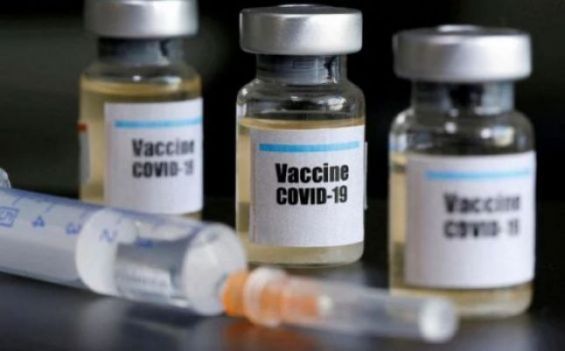Two major announcements were made Monday regarding the raging pandemic that continues to affect millions of people around the world. American and German laboratories Pfizer and BioNTech announced that their Covid-19 vaccine has been found to be more than 90 percent effective.
On the same day, King Mohammed VI, who chaired a working session devoted to the Covid-19 vaccination strategy in Morocco, ordered the launching of a massive Covid-19 vaccination campaign in the coming weeks. The campaign will likely rely on China’s Sinopharm vaccine. Morocco is also in touch with other laboratories, including AstraZeneca and Pfizer.
Vaccine efficacy and risk reduction
The two announcements, however, leave us with a series of questions on vaccine efficacy and the differences between infection and disease.
In a Twitter thread, Natalie E. Dean, an American biostatistician specializing in infectious disease epidemiology and an assistant professor of Biostatistics at the University of Florida, answered these questions.
Answering a question on how vaccine efficacy is calculated, Dean wrote that «vaccine efficacy (VE) measures the relative reduction in infection/disease for the vaccinated arm versus the unvaccinated arm». «A perfect vaccine would eliminate risk entirely, so VE = 1 or 100%. This can be calculated from the risk ratio, incidence rate ratio, or hazard ratio», she added.
VACCINE EFFICACY 101: A biostatistician's primer
— Natalie E. Dean, PhD (@nataliexdean) September 28, 2020
Ten tweets to cover:
- How is vaccine efficacy calculated?
- Distinguishing between infection, disease, & severe disease.
- Measuring reduced infectiousness.
- Vaccine efficacy vs. effectiveness!
Two scenarios are given as an example : «If the person is not vaccinated and has a risky contact with another who tested positive, he or she has a 2% risk of catching the virus. Whereas if they are vaccinated and the vaccine's efficacy is 90%, they have a 0.2% risk of having it», she explained in detail.
Efficacy in randomized trials vs. efficacy in the real world
A vaccine can then «prevent infection» if the person is infected with SARS-CoV-2, «prevent disease» if the person is infected but asymptomatic, and «prevent severe disease» if they have non-severe symptoms.
And this is precisely the aim of the current phase 3 clinical trials on «the effectiveness of vaccines to prevent Covid-19 disease». «Most Phase 3 trials are measuring efficacy to prevent disease as the primary analysis, with efficacy against infection and against severe disease as secondary analyses», the researcher added.
«Preventing infection entirely is the hardest to achieve. And of course a vaccine that prevents infection will also prevent disease and severe disease. But we can have vaccines where people are still infected but their disease severity is lessened».
The researcher insisted on the difference between vaccine effectiveness and efficacy from randomized trials «where everyone receives the vaccine as intended», adding that the idealized measure can be distinguished «from real-world effectiveness».





 chargement...
chargement...













